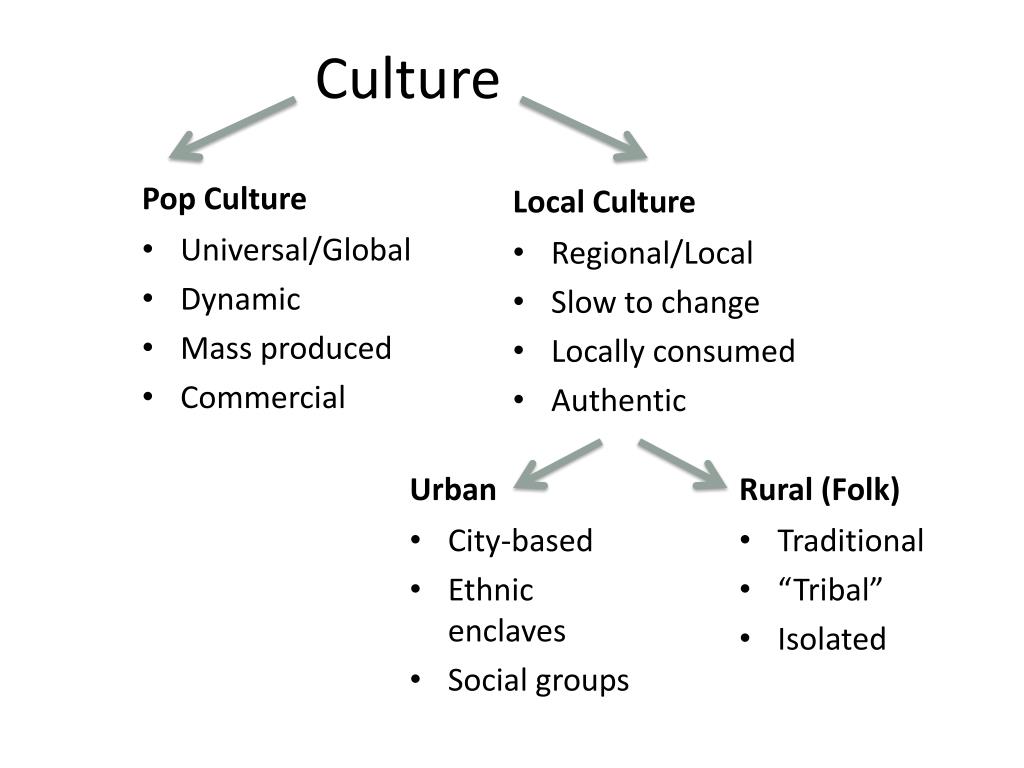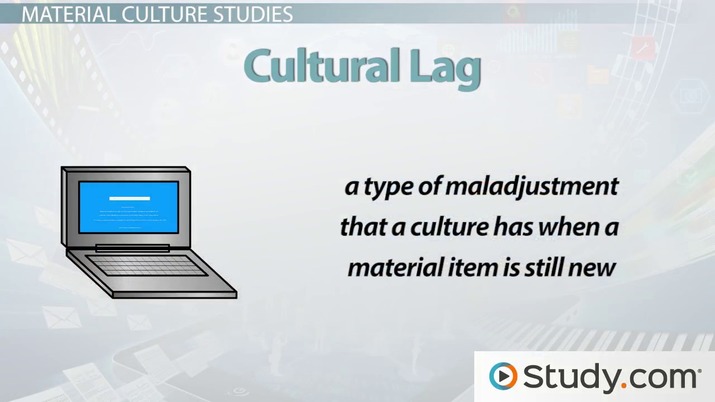Imagine walking into a bustling market in Marrakech, Morocco. The air is thick with the aroma of spices, the sounds of vendors haggling over prices fill the air, and the vibrant colors of textiles and pottery dazzle your eyes. This sensory overload is a testament to the fascinating world of material culture, where objects, artifacts, and everyday items tell stories about a society’s beliefs, values, and history. Material culture, a core concept in AP Human Geography, goes beyond simply appreciating beautiful objects; it delves into the deeper meanings behind them.

Image: www.slideserve.com
From the intricate patterns on a traditional Moroccan rug to the sleek design of a modern smartphone, every object has a story to tell. In this blog post, we’ll explore the world of material culture, diving into its definition, significance in human geography, and how it shapes our understanding of the world around us.
Understanding Material Culture in AP Human Geography
Defining Material Culture
Material culture encompasses all the tangible objects that humans create, use, and value. It includes everything from simple tools and clothing to complex technology and monumental architecture. But material culture isn’t simply about the objects themselves; it’s about the meanings and values we attach to them.
For example, a simple bicycle in a rural village may symbolize freedom, community, and a means of transportation. But in a bustling urban city, it might represent environmental consciousness and alternative modes of urban transportation. The same object can hold different meanings depending on its context and the values of the people who use it.
The Significance of Material Culture in Human Geography
Material culture plays a central role in human geography, as it provides insights into a society’s cultural identity, economic development, and environmental interactions. By studying material culture, geographers can understand:
- Cultural Identity: Material objects help people define and express their cultural identity. Traditional clothing, religious artifacts, and architectural styles often embody the unique characteristics and traditions of a community.
- Economic Development: The types of goods produced and consumed within a region can reflect its level of economic development. For example, a high concentration of industrial goods might indicate a highly industrialized economy, while a prevalence of handcrafted goods could suggest a more artisanal and localized economy.
- Environmental Interactions: Material culture can reveal how humans interact with their environment. For instance, the use of specific materials, construction techniques, and agricultural practices can shed light on a society’s relationship to natural resources and climate.

Image: study.com
Examples of Material Culture
The world is brimming with examples of material culture that tell compelling stories:
- Architecture: From the ancient pyramids of Egypt to the skyscrapers of New York, architecture reflects a society’s technological advancements, social structures, and aesthetic preferences.
- Clothing: The clothes we wear express our cultural identity, personal style, and social standing. From traditional kimonos in Japan to the ubiquitous blue jeans of the United States, clothing tells a story about who we are and where we come from.
- Food: Food is a fundamental aspect of material culture. Different cultures have unique culinary traditions, ingredients, and cooking techniques that reflect their history, geography, and environment.
- Technology: The rapid evolution of technology has significantly impacted material culture. Smartphones, computers, and the internet have become integral parts of our daily lives, transforming communication, work, and leisure activities.
Trends in Material Culture
Material culture is constantly evolving, reflecting changes in technology, globalization, and consumerism. Some notable trends include:
- Digitalization: The rise of the internet and digital technology has created a new realm of material culture, with online platforms shaping the way we communicate, consume information, and purchase goods.
- Globalized Consumption: Material objects are increasingly interconnected through trade and globalization. Consumers have access to a wider range of products from around the world, leading to a more homogenized material culture in some cases.
- Sustainability: Growing concerns about environmental impact have sparked a trend towards sustainable materials, production methods, and consumption patterns in material culture.
Tips for Engaging with Material Culture
Material culture offers a fascinating window into human history, societies, and individual experiences. Here are some tips for engaging with material culture in your own life:
- Explore Local Museums: Museums house collections of artifacts and objects that tell stories about past civilizations and cultures. Visiting museums allows you to see firsthand how material culture has evolved over time.
- Pay Attention to Everyday Objects: Think about the objects you interact with every day, from your smartphones to your kitchen utensils. What do these objects say about your values, lifestyle, and culture?
- Travel and Observe: Traveling to different places exposes you to diverse material cultures. Observe the architecture, clothing, food, and other aspects of local life to gain insights into different ways of life.
- Research Family History: Delve into your family history and explore the material items that have been passed down through generations. These objects can provide valuable insights into your family’s heritage and cultural roots.
By actively engaging with material culture, you can develop a deeper appreciation for the complexities of human societies and the stories embedded within everyday objects.
FAQ on Material Culture
Q: What is the difference between material culture and non-material culture?
A: Material culture refers to tangible objects, while non-material culture encompasses intangible aspects such as beliefs, values, language, and traditions. For example, while a wedding ring (material culture) signifies a committed relationship, the concept of marriage itself (non-material culture) is a deeply held social institution.
Q: How does material culture reflect globalization?
A: Globalization has led to a greater interconnectedness of material culture. Products, styles, and trends increasingly spread across the world. This is visible in the popularity of fast fashion, the widespread use of smartphones, and the global influence of certain brands.
Q: Does material culture always reflect a society’s values?
A: While material culture often reflects a society’s dominant values, it may also reveal contradictions and complexities. For instance, a society might promote sustainability through eco-friendly products but also consume a great deal of disposable goods, revealing a disconnect between stated values and actual practices.
Material Culture Definition Ap Human Geography
Conclusion
Understanding material culture is crucial for comprehending the intricacies of human societies and the ways in which cultures interact with their environment. From the objects we use to the values we hold dear, material culture offers a unique lens through which to explore the world. By engaging with material culture in your daily life, you can gain a deeper understanding of yourself, your community, and the rich tapestry of human history.
Are you interested in exploring the world of material culture further? Which aspects of material culture are most fascinating to you? Share your thoughts in the comments below!





